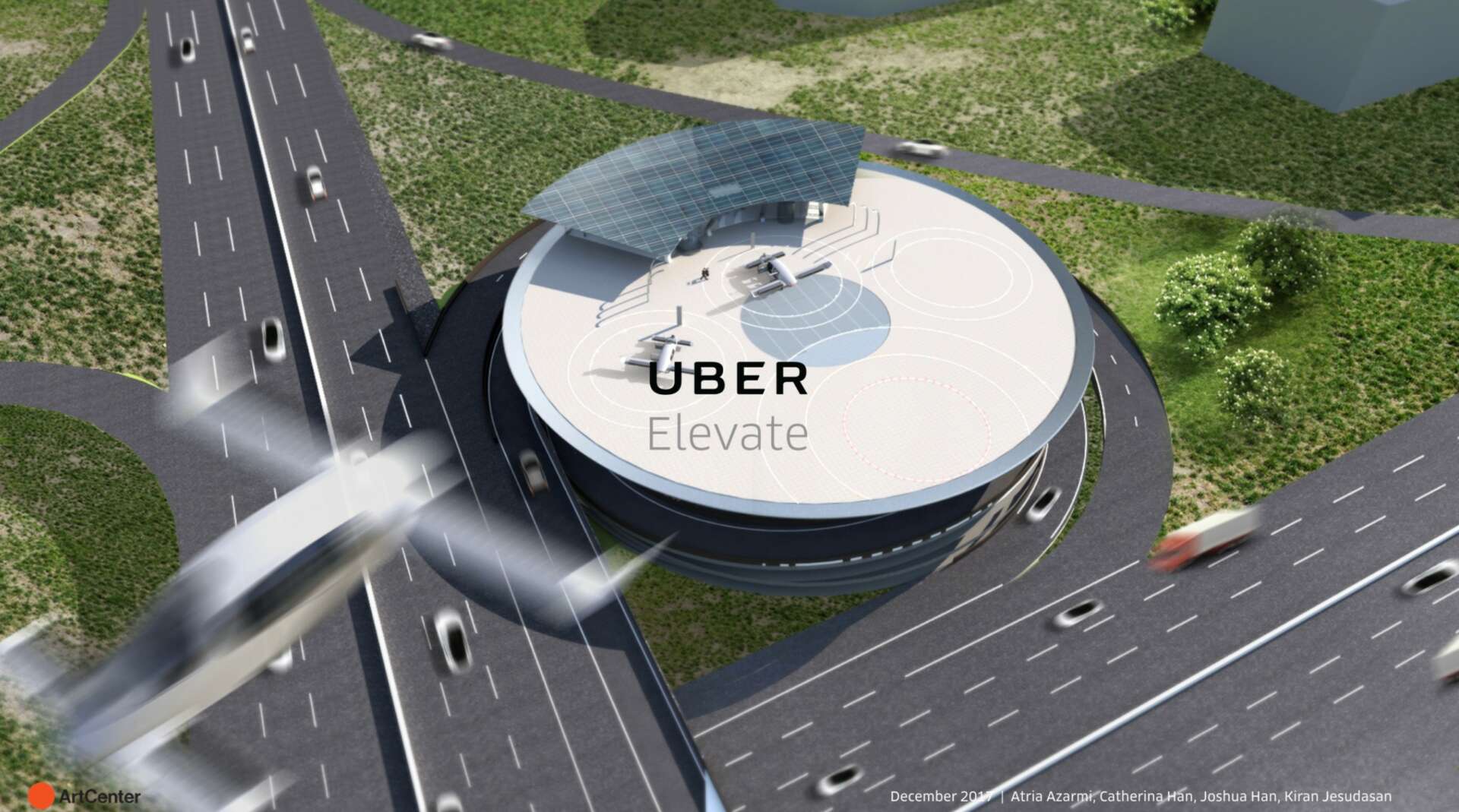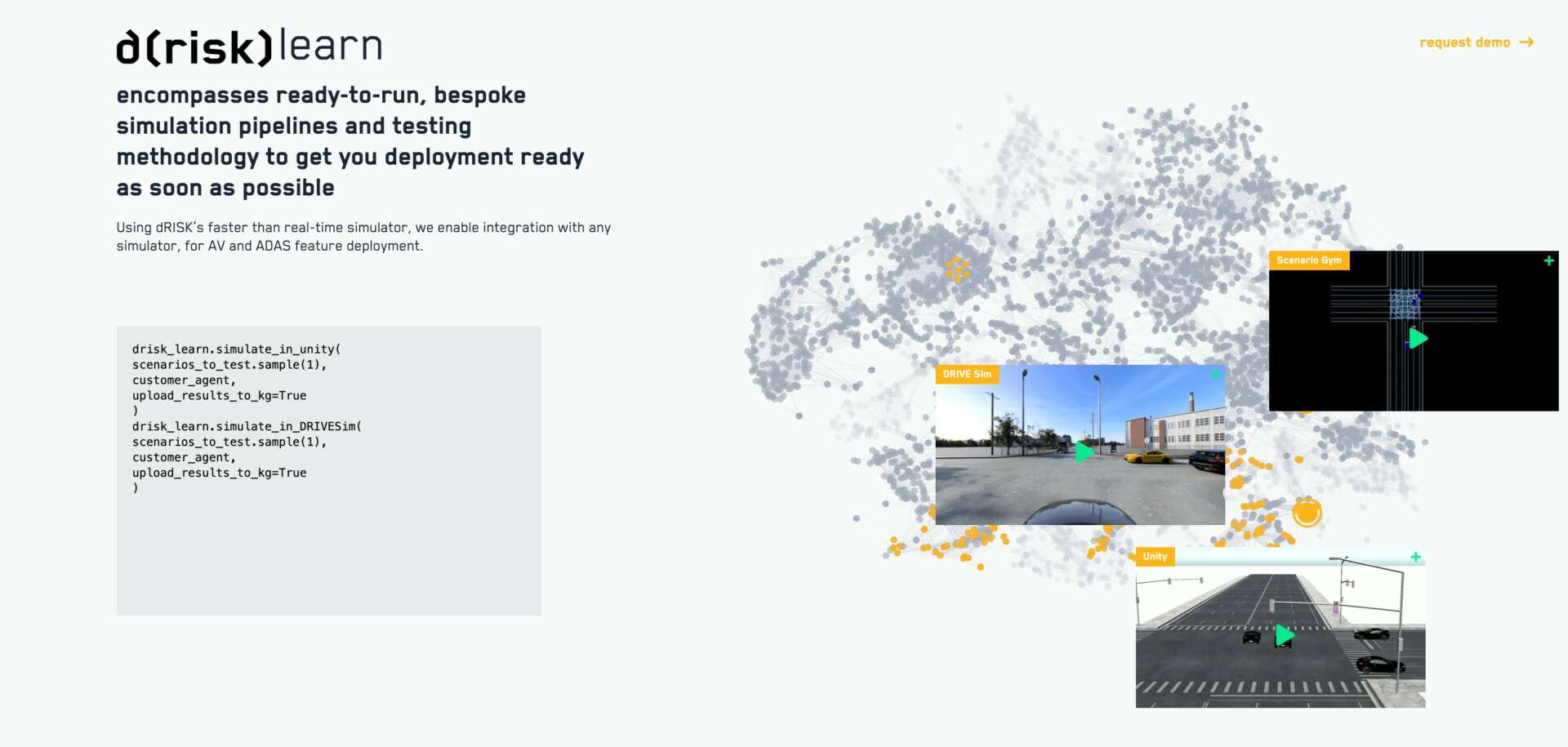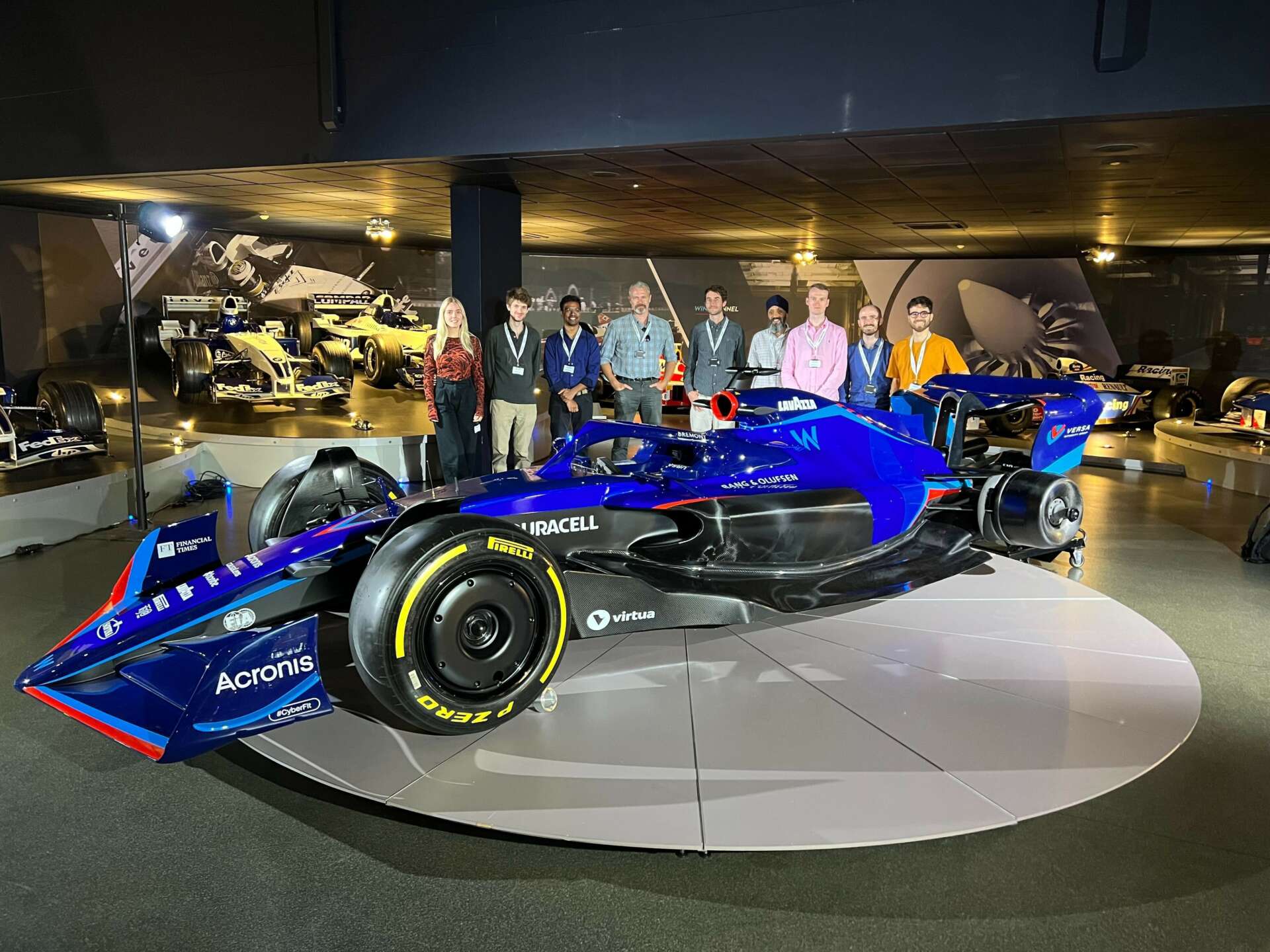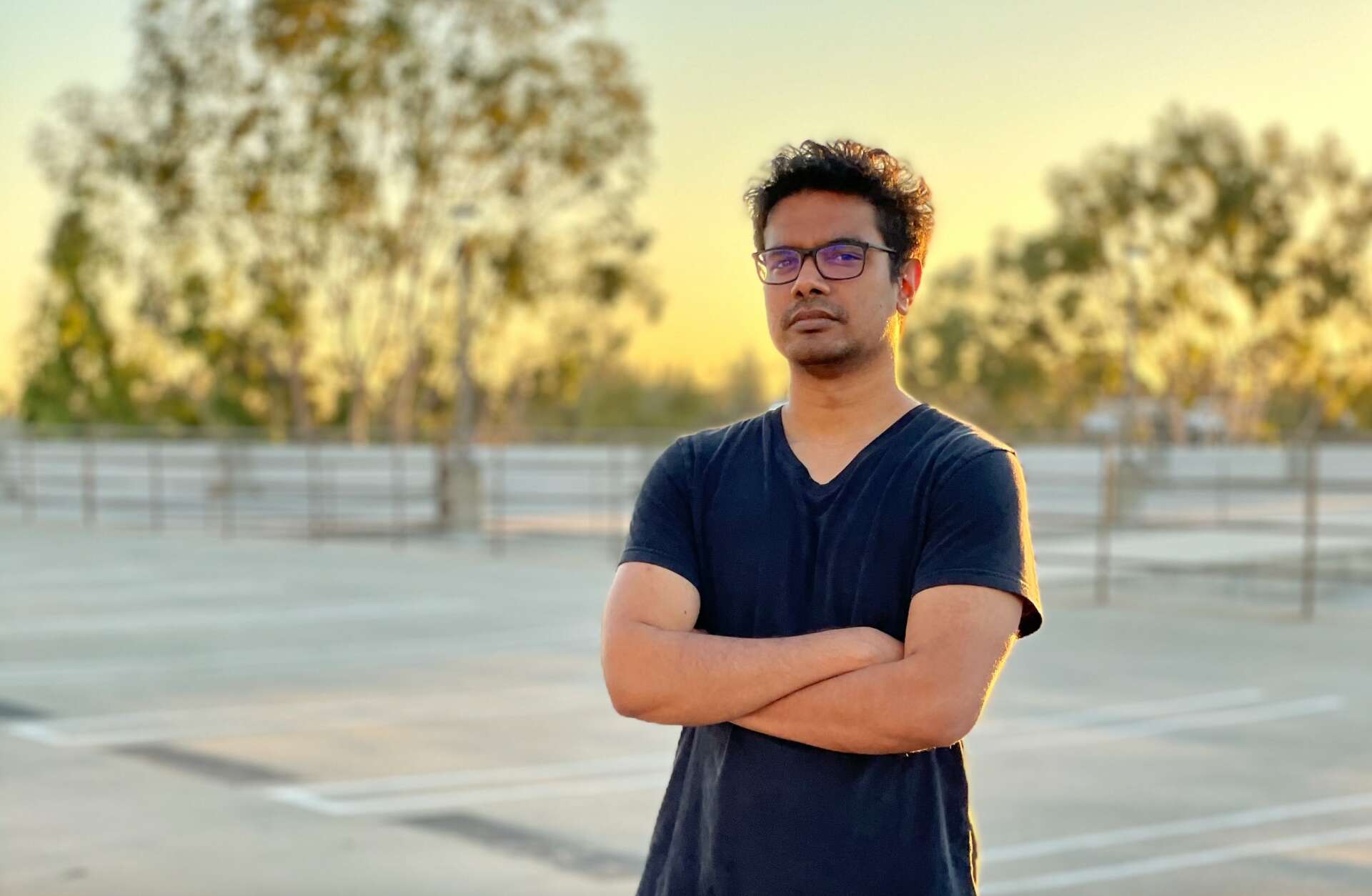We caught up with the brilliant and insightful Kiran Jesudasan a few weeks ago and have shared our conversation below.
Alright, Kiran thanks for taking the time to share your stories and insights with us today. Learning the craft is often a unique journey from every creative – we’d love to hear about your journey and if knowing what you know now, you would have done anything differently to speed up the learning process.
Hello! I’m Kiran and I lead design at a start-up – drisk.ai. We make a tool that allows you to control the data that ultimately controls any AI. You do that by controlling the data it’s been trained on. I’ve been here for 5 years, and it’s been one hell of a journey. Startups are complicated beasts. They provide new challenges every day, and it always keeps me on my toes. Getting to be creative with some of the smartest AI engineers out there is one of the most rewarding experiences I’ve gone through. But like everything the road was not straightforward.
My background was in transportation systems design – ie working with massive, complicated organizations and ideas. I’d worked with Uber’s advanced design team, a few civic transportation authorities around LA, – very large established organizations with very established ideas of design, research, and how they all fit together in the larger picture. When you are at the inception of the company what do you do? What’s most relevant? I felt like there was a lot I could offer but which would be most relevant at this super early stage?
Work can range from outreach materials, illustrations for presentations or working deeply with the product and imagining what new features ought to be implemented and working through the experience of using that. I was fortunate through school to learn this process intimately for mobility, – study people, see what problems they have, and build solutions for them, not yourself. But how does it transfer to the AI space, something so ethereal? Personally, this has been the toughest set of questions I’ve had to navigate but what’s helped ultimately is having a very creative and supportive team who are always open to having a quick ideation session. Being someone with both dyslexia and dysgraphia, a lot of the AI concepts were very much beyond me, but the team and ultimately taking a few online courses continue to help me overcome that hurdle.
I think being able to ask yourself the question, how can I most contribute, and be very honest about where you feel the direction of the professional space is moving towards is an important consideration in the intersection of 2 fields – design and AI development. Everything is new and things are evolving so fast and there’s a lot of opportunity for creatives to shape how things can evolve!

Kiran, love having you share your insights with us. Before we ask you more questions, maybe you can take a moment to introduce yourself to our readers who might have missed our earlier conversations?
I think I work in the coolest industry ever. I get to be creative with AI not just using it to create pictures or essays, but shape tools that let anyone create and train an AI without needing to know how to code.
I’m sure a lot of those who work in the creative fields will tell you it started with them as a child playing with Lego. I’m no different. I loved how you could make nearly anything you imagined out of them paired with having the opportunity to travel and live in several countries as a child pushed me to enjoy observing things that moved. Planes, trains, cars, drones, aircraft carriers. Name it and I’ve probably spent days obsessing over them and making them out of Lego. I wasn’t a great student, having a very short attention span but when pondering about the littlest detail of an imaginary spacecraft was something I’d dedicate months to.
This love for how things work, but also how it’s used, and what that says about us led me to the field of design. I did product design as my undergrad and worked in Volkswagen India. And after some freelance design work, I moved to the ArtCenter College of Design for my master’s degree in transportation systems design. Through that program I got to work with Cities in LA, Uber’s flying car project, and learn so much about the complexity of movement both from the historical context and where we’re moving to.
I joined dRISK.ai shortly after meeting the founder and was hooked. How do you control an AI, the shear infiniteness of that question blew my mind, and I knew whatever the answer was, the process of trying to figure it out was something I’d love to be a part of, because what’s more complex but still could hold such promise? There’s no doubt these days about how deeply AI is everywhere. It’s gone from purely in the realm of sci-fi to chat-based AI, shocking most education systems in the last year. I work around figuring out how to make the process of exploring data and how an AI is trained more intuitive. This can take many forms, working with various team members to figure out how something ought to be built, iterating several options, and communicating that back to the team.

What’s the most rewarding aspect of being a creative in your experience?
I think learning to deal with things that continuously change for me has been the most rewarding part of being in the creative space with a tech company. Things happen so fast and ensuring you’re able to ride those waves to me is both the hardest and most amazing part of it. Nothing like being on your toes and present in the moment for me because that’s when I get into a place where I can think about things with fresh lenses and not be biased by traditional ways of doing or seeing things.

Have you ever had to pivot?
Moving from working with large companies and translating those skills to working with a very early-stage start-up was challenging. Learning to scale down a lot of what you’ve been trained for because there’s just no time was something that hit first. Also, I wasn’t just doing design, I was doing biz dev, outreach, data curation, and analytics along with design and the order of priorities could change at any given moment. It was hard always comparing how things would have been done to what can be done in the time you have that would have the most impact. These are 2 antithetical viewpoints to the same task but based on my conditioning didn’t come naturally. But learning how to stay in the moment with work helped a lot being able to cope at first and ultimately really enjoy the changes.

Contact Info:
- Website: kiranjesudasan.com
- Linkedin: https://www.linkedin.com/company/driskai/
- Other: https://drisk.ai/


